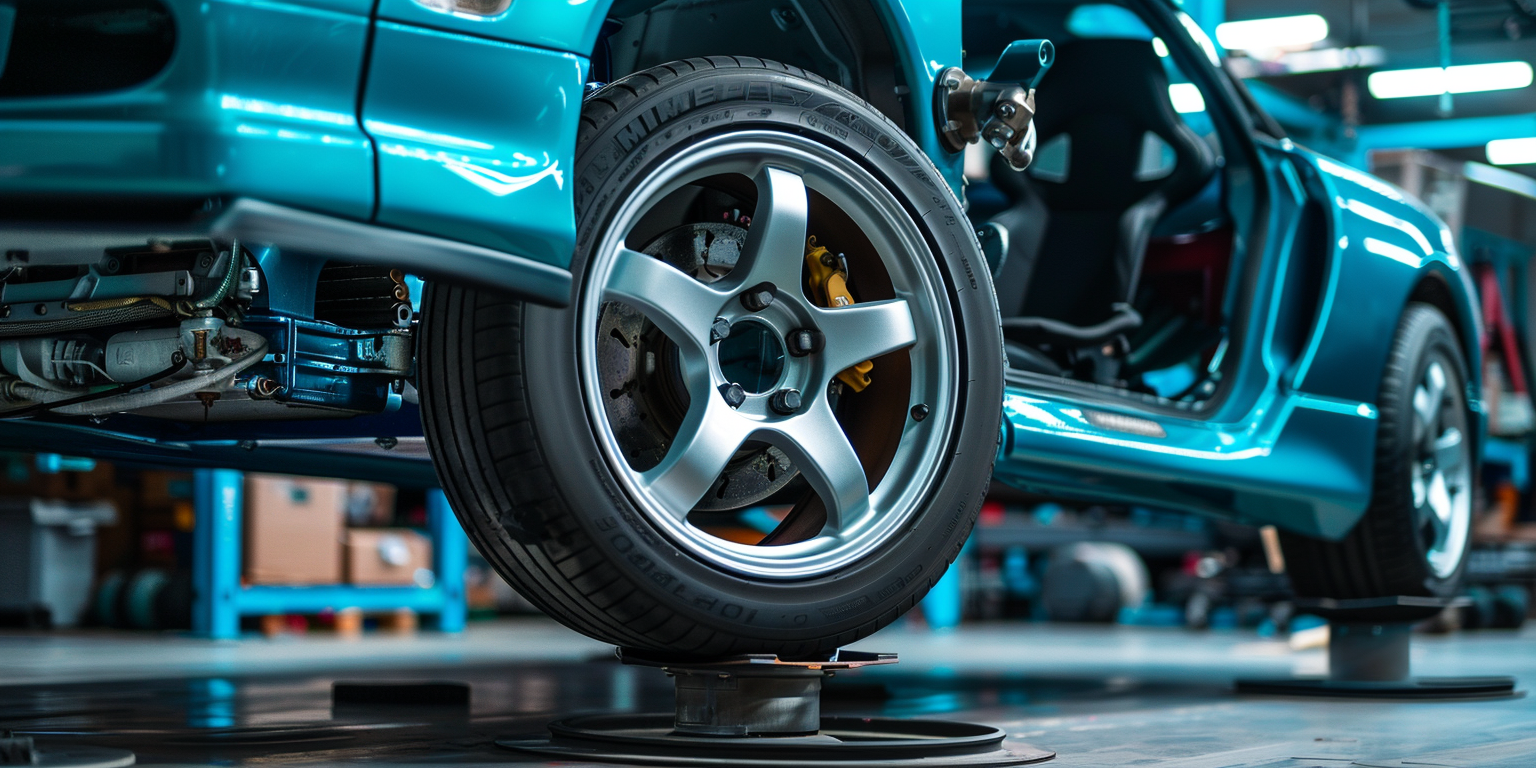Have you ever noticed a car’s tires tilting inward or outward? This tilt, known as camber, is crucial for your vehicle’s performance and safety. But does camber itself pose a safety risk? The answer varies depending on the degree of tilt and its purpose. Let’s explore camber, its various types, impacts, and when it might become a safety concern.
Navigating the Camber Angles
There are different types of camber on your wheels. Think of your car’s wheel like a big lollipop. If the stick (wheel axis) is perfectly straight, that’s zero camber. Now, imagine tilting the stick inward – that’s negative camber, which is favored by performance cars for better cornering grip. On the other hand, tilting it outward creates positive camber, commonly used in trucks for stability.
This tilt directly affects how the tire touches the road. Negative camber increases the contact patch during cornering, improving grip and handling. However, too much negative camber can wear down the inner tire shoulder too quickly and reduce stability when driving straight. Conversely, positive camber maximizes tire contact during straight-line driving, helping with fuel efficiency and tire lifespan. But excessive positive camber can reduce cornering grip and cause uneven wear on the outer part of the tire.
Safety and the Camber Curve
So, where does safety fall on the camber spectrum? Here’s the key point: too much camber, whether negative or positive, is bad for safety.
Too much negative camber: Picture driving on a rainy day and your car loses traction more easily because the tires’ inner shoulders are worn down, reducing their contact with the road. This can lead to losing control of the car which could eventually lead to a car accident. Plus, uneven tire wear makes blowouts more likely.
Too much positive camber: While it helps with straight-line stability, excessive positive camber significantly reduces grip when turning. If you try to take a sharp turn at high speeds, the tires won’t be able to grip the road well enough, increasing the risk of understeer (when the car doesn’t turn as sharply as you want).
However, moderate camber can be safe depending on certain factors. Recommendations from the manufacturer for your vehicle type and how you drive are crucial. For instance, a sports car might benefit from a little negative camber for better handling, while a family sedan might prefer zero camber for balanced performance and longer-lasting tires.
Keeping Your Wheels in Check
So, how can you make sure your camber stays safe? A personal injury attorney would recommend regularly inspecting your tires for uneven wear patterns on the inner and outer edges to avoid any potential accidents. Also, follow the manufacturer’s recommendations and schedule wheel alignments as needed. A professional technician can measure and adjust your camber angles to keep them within optimal specifications.
Addressing Camber Issues
If you notice excessive camber, it’s important to address it promptly. While minor adjustments can be made through alignment, severe cases might require suspension modifications or aftermarket parts. Keep in mind that modifying your car’s suspension can affect ride quality and handling, so consulting a qualified mechanic is necessary.
There’s more to camber than meets the eye! There are common misconceptions, such as thinking that “more negative camber looks cooler, so it’s better,” which we’ve shown to be false and unsafe. Also, different types of vehicles, like off-road ones, may have unique camber considerations. Legal restrictions on modifying camber beyond manufacturer specifications may exist in certain areas.
Camber itself isn’t inherently unsafe. It’s about striking a balance between performance, efficiency, and, most importantly, safety. When kept within reasonable limits and regularly monitored, camber can even improve your driving experience. However, remember: excessive camber, regardless of its direction, poses significant safety risks. By understanding its effects and staying informed, you can ensure your wheels are aligned for optimal performance and, most importantly, a safe journey ahead.




